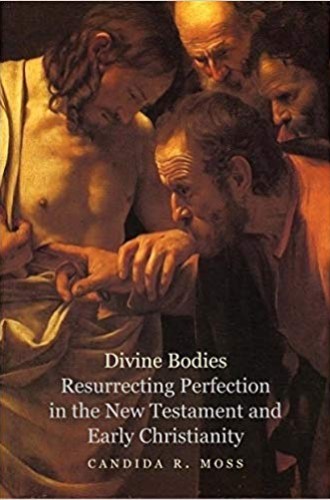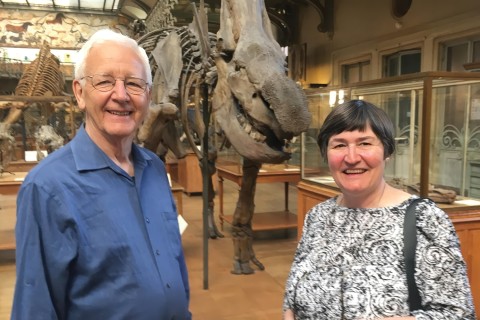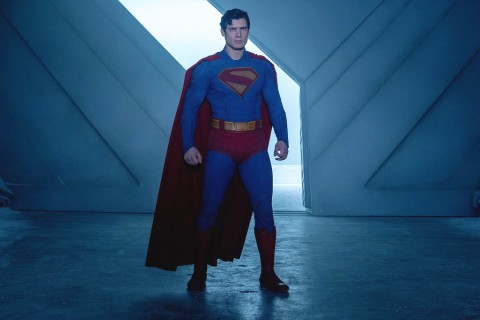Candida Moss asks what bodily resurrection means
How early Christians thought about bodies and how we do
Tell me about your idea of bodily resurrection and I’ll tell you about your anxieties and joys. In her “narrative autopsy” of early Christian ideas about what happens to our bodies after we die, Candida Moss shows how every aspect of the resurrection of the dead is (and has always been) fraught and contested. That’s true both for regular people’s corpses and for Christ’s, which she calls the “most burdened body of the New Testament.”
As she eavesdrops on ancient conversations—in which the “self” that survives death is rarely what we modern people think of as ourselves—Moss teases out the logic of early Christian texts in their context. In these pages, Aristotle’s goal-driven universe encounters Pauline spiritualized bodies; medical treatises converse with Homer’s and Virgil’s reanimations.
This lively investigation is not mere abstraction for Moss, a scholar of early Christianity and New Testament who teaches theology at the University of Birmingham. Her inquiry starts from her own body: while convalescing from a kidney transplant, she wonders whether having someone else’s organ makes her a new self. As the book proceeds, she teaches us how to read our sources and our own bodies while seeking understanding through the original context.




